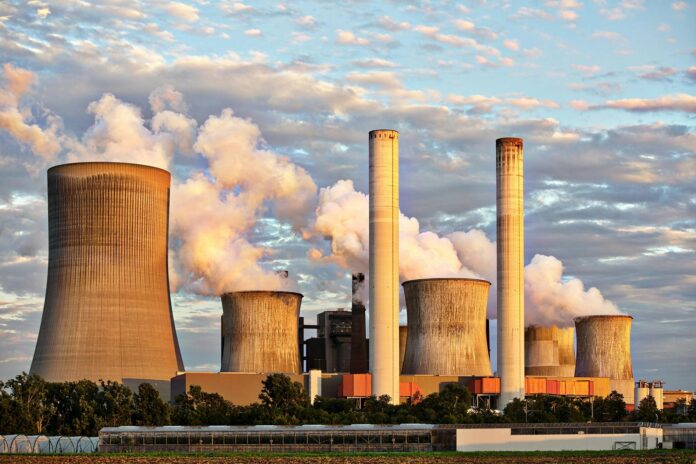Nuclear energy is a powerful and controversial source of electricity. It offers carbon-free power but comes with unique challenges. Let’s break down the basics of nuclear energy.
How Nuclear Energy Works
- Nuclear Fission: Splitting atoms releases energy
- Steam Generation: Heat from fission boils water
- Turbine Power: Steam spins turbines to generate electricity
Pros of Nuclear Energy
- Low Carbon Emissions: Produces no direct CO2 during operation
- Reliable Baseload Power: Runs 24/7, unlike some renewables
- High Energy Density: Small amount of fuel produces lots of power
- Long-Term Cost Effectiveness: After initial investment, fuel is relatively cheap
Cons of Nuclear Energy
- Safety Concerns: Risk of accidents, though rare
- Radioactive Waste: Needs careful, long-term management
- High Initial Costs: Expensive to build new plants
- Public Perception: Often viewed negatively due to past incidents
Current State of Nuclear Energy
- Aging Fleet: Many reactors nearing end of lifespan
- New Designs: Small modular reactors (SMRs) in development
- Global Variations: Some countries expanding, others phasing out
The Future of Nuclear Energy
- Advanced Reactors: Safer, more efficient designs
- Fusion Research: Potential for abundant, clean energy
- Waste Solutions: New technologies for handling radioactive materials
- Public Debate: Ongoing discussions about nuclear’s role in clean energy
Understanding nuclear energy is crucial as we navigate the complex landscape of future power generation. It remains a significant, if controversial, part of our global energy mix.



